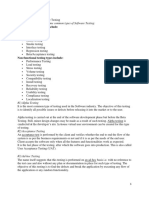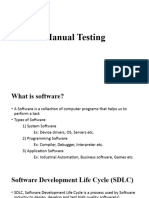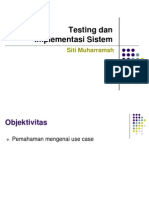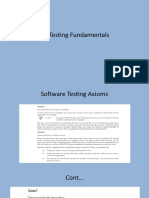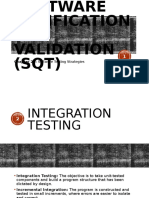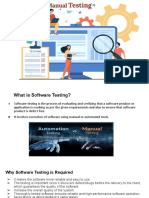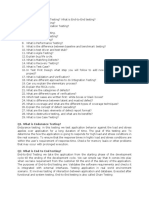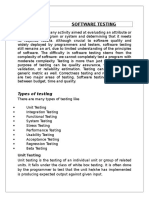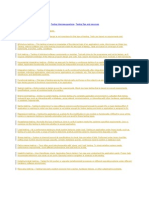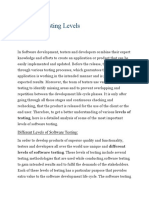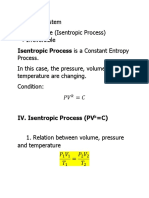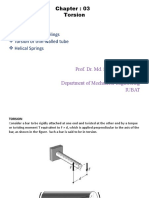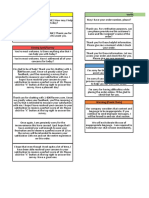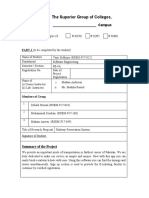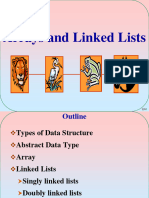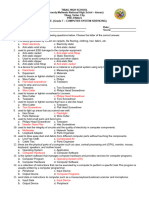0% found this document useful (0 votes)
42 views3 pagesFunctional Testing Types Include
The document describes various types of software testing methods organized into functional testing, non-functional testing, and specific testing types numbered 1-34. It provides details on the objectives and processes for types like alpha testing, ad-hoc testing, browser compatibility testing, backward compatibility testing, black box testing, boundary value testing, functional testing, and graphical user interface (GUI) testing. The document also briefly introduces agile software development and the Scrum framework.
Uploaded by
Daniel ManivoughCopyright
© © All Rights Reserved
We take content rights seriously. If you suspect this is your content, claim it here.
Available Formats
Download as DOCX, PDF, TXT or read online on Scribd
0% found this document useful (0 votes)
42 views3 pagesFunctional Testing Types Include
The document describes various types of software testing methods organized into functional testing, non-functional testing, and specific testing types numbered 1-34. It provides details on the objectives and processes for types like alpha testing, ad-hoc testing, browser compatibility testing, backward compatibility testing, black box testing, boundary value testing, functional testing, and graphical user interface (GUI) testing. The document also briefly introduces agile software development and the Scrum framework.
Uploaded by
Daniel ManivoughCopyright
© © All Rights Reserved
We take content rights seriously. If you suspect this is your content, claim it here.
Available Formats
Download as DOCX, PDF, TXT or read online on Scribd
/ 3
